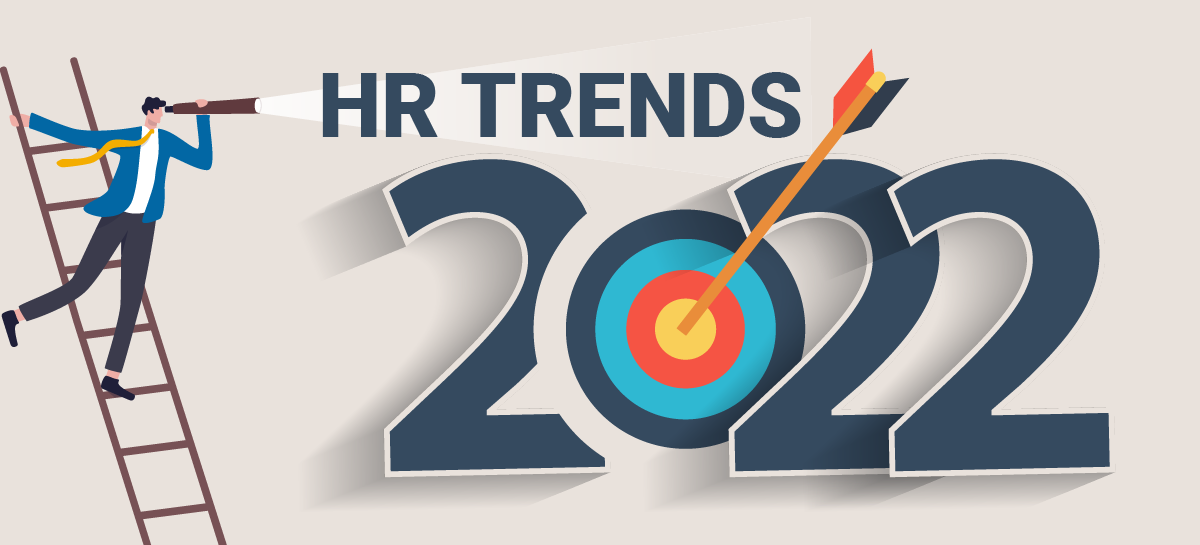
Employment trends expert shares the trends that are impacting your workplace right now
This week over 1,200 New York Times staffers refused to return to the office. The employees say that they will not budge until the news corporation agrees to their demands. Meanwhile, railroad workers have also threatened to strike, with President Biden quickly making a tentative deal to ensure American railways stay operational.
“We are witnessing the beginning of a hugely impactful trend: Strikes and walkouts are going to be much more commonplace in the coming years, and employers need to know how to manage these situations,” says Rob Wilson, President of Employco USA and employment trends expert. “From railroad companies to the New York Times to Harper Collins to the Weyerhaeuser timber company, employees in all different industries are utilizing strikes to demand more benefits, more time off, and even the right to work from home if they choose.”
Wilson says strikes are just one way that employees are resisting the status quo at the workplace.
“Along with strikes, the trend of ‘quiet quitting’ has also been getting a lot of traction in recent months. Quiet quitting is when an employee still clocks in but quits the idea of going the extra mile for their boss. They are still there and performing their bare minimum duties, but their spirit is no longer in the position.”
Here are 3 other HR trends that are impacting the workplace right now:
Long COVID. “Long COVID is impacting the office by increasing the number of sick days and doctor’s visits that an employee needs. Long COVID can also make an employee more tired or less motivated at work, as brain fog and sleep troubles are common symptoms of long COVID.”
Continued tight labor markets. “With so many available positions up for grabs, employees have more options and more willingness to switch from job to job as they search for career growth or better pay. The days of staying with a company for decades were already a thing of the past, but now, the days of staying with a company for even just a few years may also become antiquated.”
High inflation rates. “It costs more to make basic purchases and pay the bills, which means employees are often under financial stress. Many employees are constantly on a low-grade job search even if they are happy at their current job because they are always on the lookout for a position which may pay more and help them be more financially stable.”
Wilson says that all 5 of these workplace trends have one thing in common: Employees are seeking to redefine what it means to have a job in America.
“These issues all come down to one thing: Employees want more control and power in the workplace. As the NYT strikers said, company perks like free water bottles or pizza for lunch aren’t going to be enough to keep them from quitting or quiet quitting. Employers have to be willing to be creative and compromise if they want to keep their top talent locked down. Employees can afford to quit right now, but employers can’t necessarily afford to lose them: That means it’s time for employers to adjust to the times and become part of the redefining of the American workplace. Otherwise, they may find themselves written out of the story altogether.”
For more on this topic, please contact Rob Wilson at rwilson@thewilsoncompanies.com.